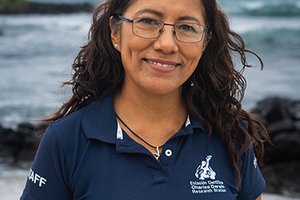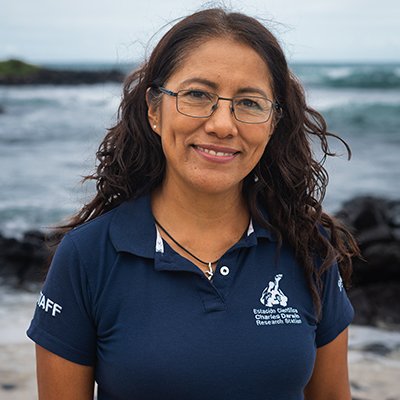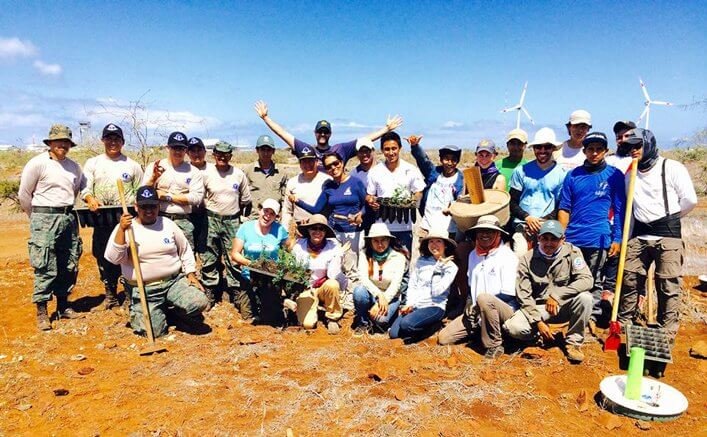
Written in collaboration with Liza Diaz Lalova and Soledad Moran.
Galapagos Verde 2050 project works developing concrete actions to contribute to the process of restoring the ecological integrity and biodiversity of large areas in arid islands of Galapagos, for this purpose native and endemic plants of each site are used. The various actions are performed thanks to the hard work of the project team, the collaboration of multiple institutions and the use of water-saving technologies as Groasis and Cocoon, this last one incorporated during the fourth planting in Baltra whose characteristic is to be biodegradable.
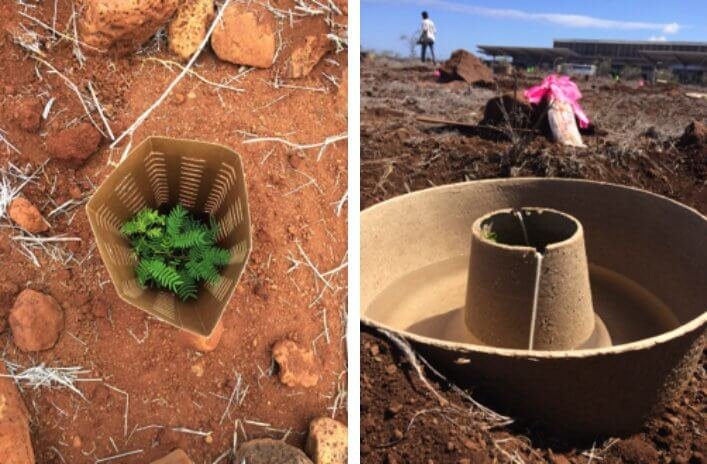
Cocoon boxes are completely degraded in three years, becoming substrate without impact on nature, thanks to a water tank paper pulp and crop residues. Inside they are covered with natural wax that provides impermeability and keeps water stored for long periods of drought; the water reaches the roots of the plant through wicks keeping moisture permanently and allowing its rapid growth.
During the fourth planting in the experimental phase in Baltra Island 200 Cocoon technology boxes, 150 Groasis technology boxes and 70 seedlings were planted directly without using technology.
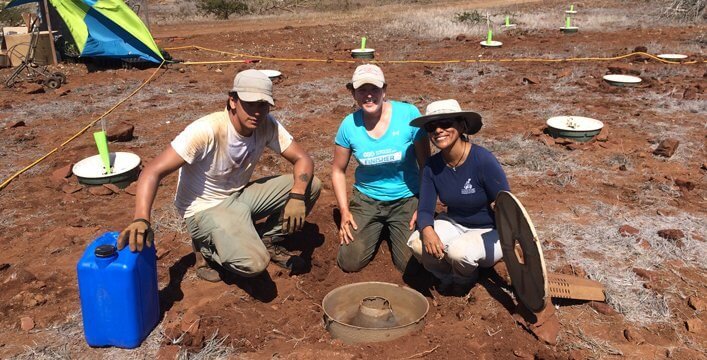
In addition to the planting at the place called Casa de Piedra the team removed invasive plant species and collected trash and debris that were still in place as mute remnants of what was the military base of the United States established in Baltra during World War II.
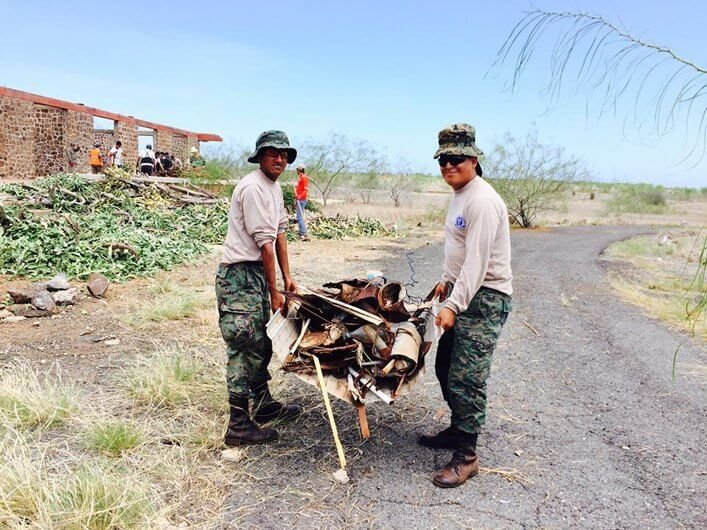
This important activity was made possible thanks to the efforts of the technical team of the Green Galapagos 2050 project and the invaluable support from institutions such as the Agency for Regulation and Control of Biosafety and Quarantine for Galapagos (ABG), the Ecuadorian Air Force, the Galapagos National Park Directorate, the Ecuadorian Army and Ecogal.





